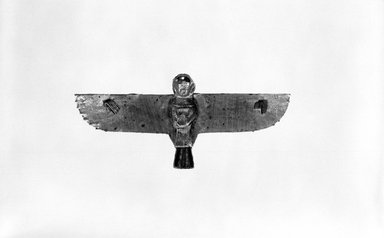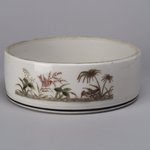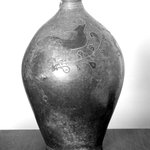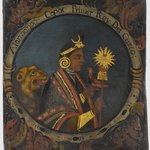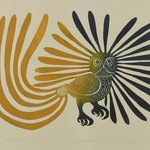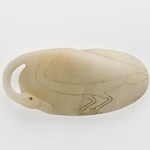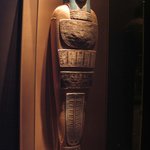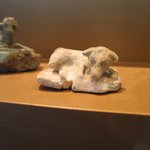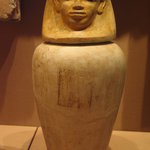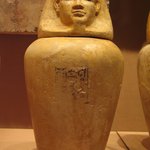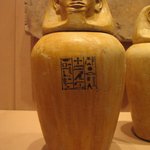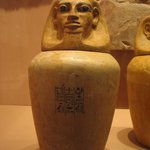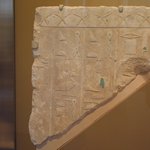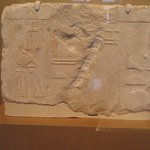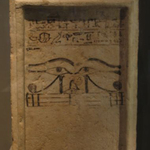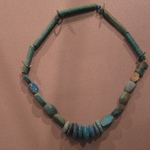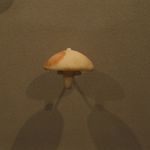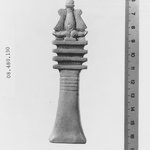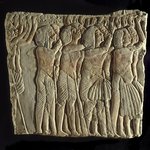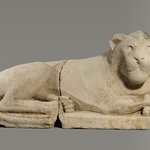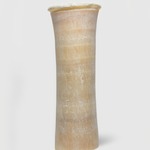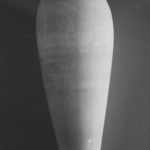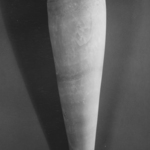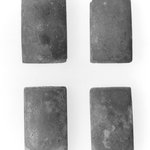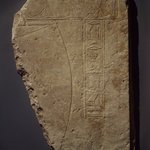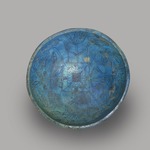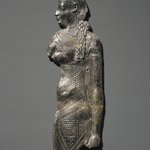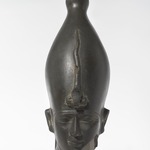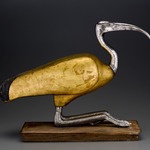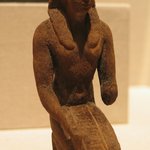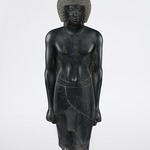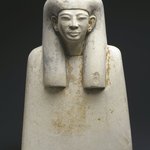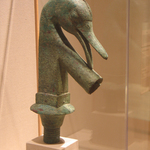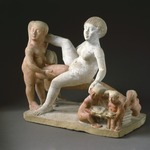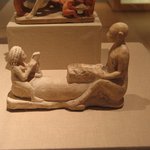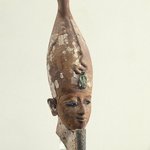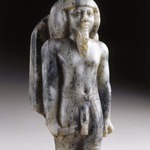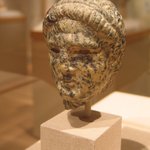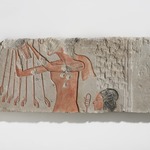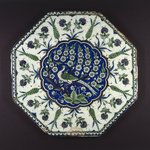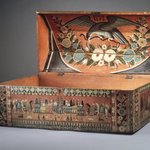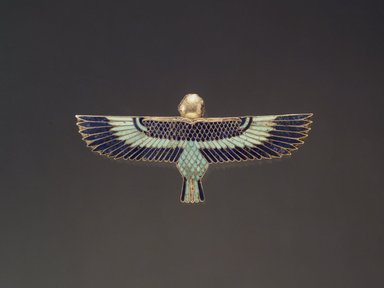

Amulet in the Form of a Ba as Human-Headed Bird, 305–30 B.C.E. Gold, lapis lazuli, turquoise, steatite, 1 1/4 × 2 3/4 × 1/2 in. (3.2 × 7 × 1.3 cm). Brooklyn Museum, Charles Edwin Wilbour Fund, 37.804E. Creative Commons-BY (Photo: Brooklyn Museum, 37.804E.jpg)
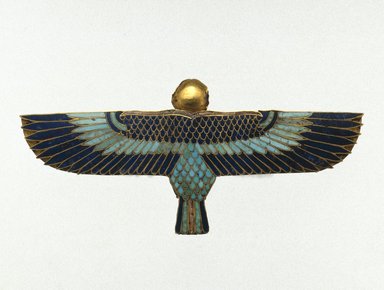
Amulet in the Form of a Ba as Human-Headed Bird, 305–30 B.C.E. Gold, lapis lazuli, turquoise, steatite, 1 1/4 × 2 3/4 × 1/2 in. (3.2 × 7 × 1.3 cm). Brooklyn Museum, Charles Edwin Wilbour Fund, 37.804E. Creative Commons-BY (Photo: Brooklyn Museum, 37.804E_SL1.jpg)
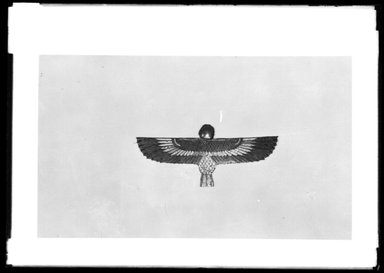
Amulet in the Form of a Ba as Human-Headed Bird, 305–30 B.C.E. Gold, lapis lazuli, turquoise, steatite, 1 1/4 × 2 3/4 × 1/2 in. (3.2 × 7 × 1.3 cm). Brooklyn Museum, Charles Edwin Wilbour Fund, 37.804E. Creative Commons-BY (Photo: Brooklyn Museum, 37.804E_NegA_SL4.jpg)
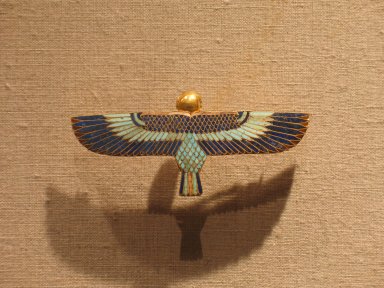
Amulet in the Form of a Ba as Human-Headed Bird, 305–30 B.C.E. Gold, lapis lazuli, turquoise, steatite, 1 1/4 × 2 3/4 × 1/2 in. (3.2 × 7 × 1.3 cm). Brooklyn Museum, Charles Edwin Wilbour Fund, 37.804E. Creative Commons-BY (Photo: Brooklyn Museum, CUR.37.804E_wwg8.jpg)

Amulet in the Form of a Ba as Human-Headed Bird, 305–30 B.C.E. Gold, lapis lazuli, turquoise, steatite, 1 1/4 × 2 3/4 × 1/2 in. (3.2 × 7 × 1.3 cm). Brooklyn Museum, Charles Edwin Wilbour Fund, 37.804E. Creative Commons-BY (Photo: Brooklyn Museum, 37.804E_NegB_SL4.jpg)
Amulet in the Form of a Ba as Human-Headed Bird
Egyptian, Classical, Ancient Near Eastern Art
Ba is the Egyptian concept closest to what is meant by the English word "soul." Its composite human-and-bird form symbolizes its ability to travel to different realms. This extremely fine amulet may date to the Ptolemaic Period, but various types of gold amulets inlaid with colored stones are known from burials of Dynasties XXVI through XXX (orca 664–342 B.C.)


